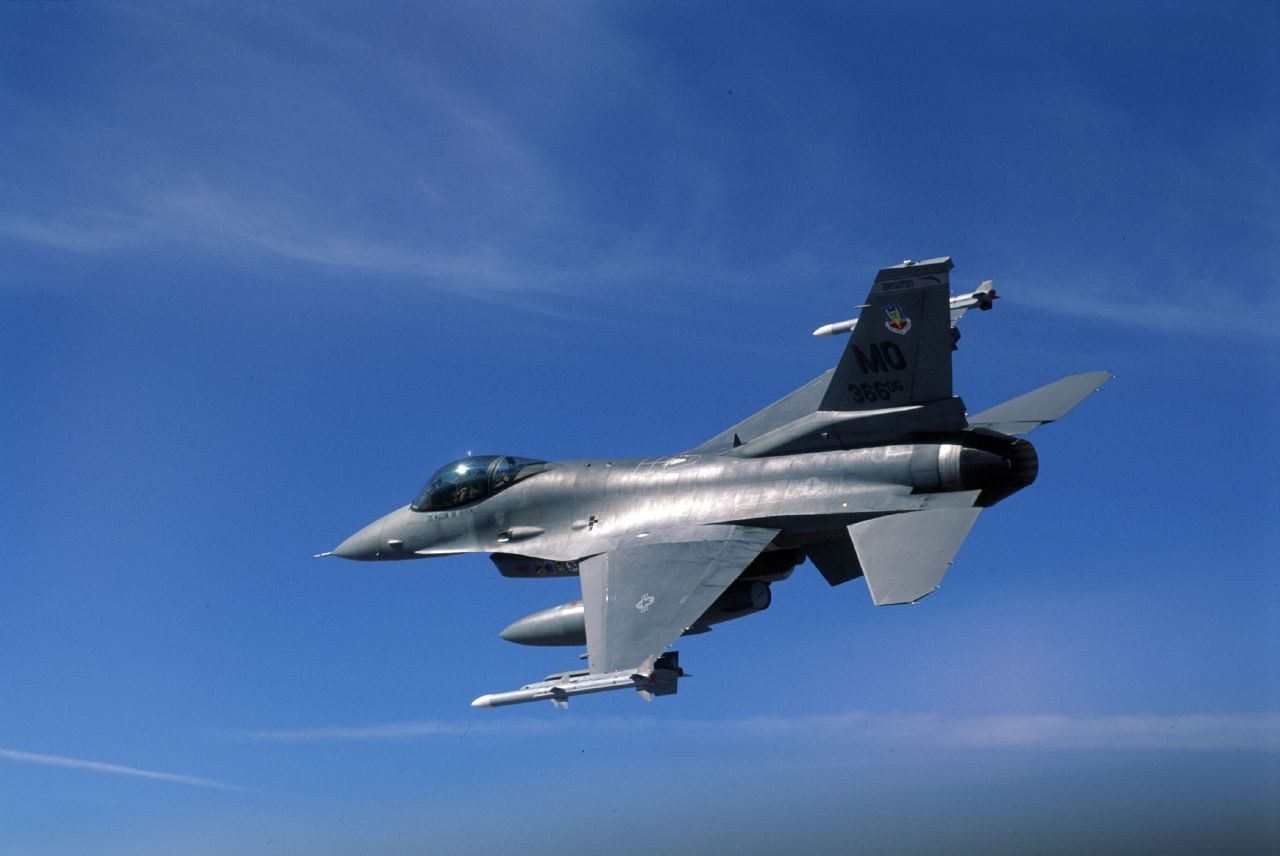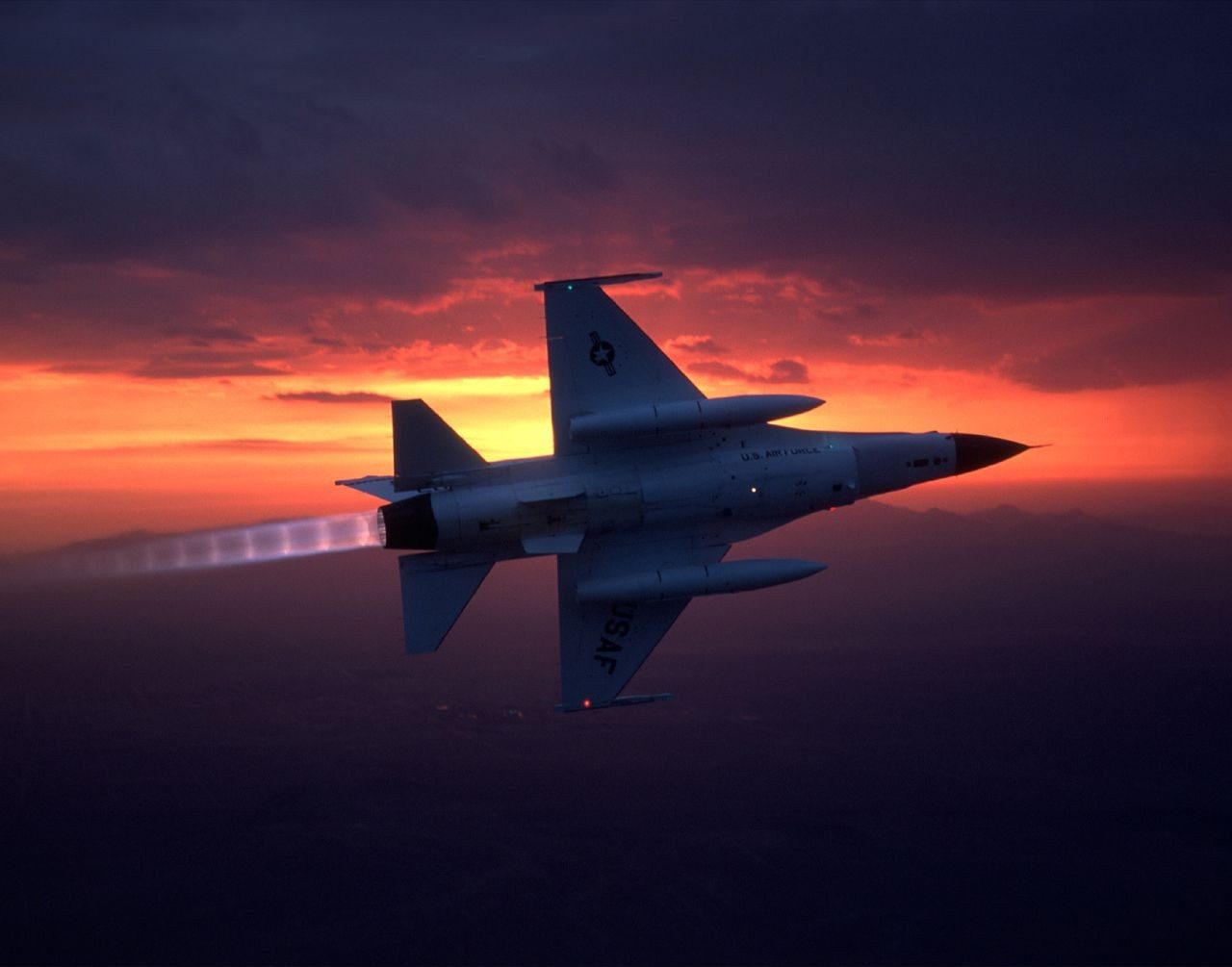Notice: Trying to get property 'post_parent' of non-object in /home/defensea/english.defensearabia.com/wp-includes/link-template.php on line 479
Notice: Trying to get property 'post_name' of non-object in /home/defensea/english.defensearabia.com/wp-includes/link-template.php on line 517
Notice: Trying to get property 'ID' of non-object in /home/defensea/english.defensearabia.com/wp-includes/link-template.php on line 534
Notice: Trying to get property 'post_excerpt' of non-object in /home/defensea/english.defensearabia.com/wp-content/themes/mh-magazine/includes/mh-custom-functions.php on line 392
Notice: Trying to access array offset on value of type bool in /home/defensea/english.defensearabia.com/wp-content/themes/mh-magazine/includes/mh-custom-functions.php on line 394
Notice: Trying to get property 'post_title' of non-object in /home/defensea/english.defensearabia.com/wp-content/themes/mh-magazine/includes/mh-custom-functions.php on line 394
On May 2, 2011, while on patrol near the Nuristan province of Afghanistan, U. S. Air Force Maj. John Caldwell peered out from the bubbled canopy of his F-16 and saw nothing but desert. Everything seemed still and silent. No action. No movement. And then, suddenly, a spark fizzled in the distance, what looked like a mortar flash emanating from a nearby mountainside.
Everything after that seemed to move at warp speed. Caldwell identified the coordinates of the blast, jetted his F-16 to the marker, and found a swarm of 90 insurgents ambushing a small Special Operations team of American and Allied forces.
He quickly swooped in, laid down strafing fire with his aircraft’s internal 20 mm gun to create distance between the insurgents and the team, pulled his aircraft up and came back around, and expertly dropped a satellite-guided JDAM bomb on the attackers, neutralizing the ambush.
It was a moment of skill and experience that earned Caldwell a Distinguished Flying Cross and highlighted the dynamic mix of speed and precision that earned the F-16 Fighting Falcon its more common pilot nickname–Viper.
THE LIGHTWEIGHT FIGHTER MAFIA
Conceived in the early 1970s by a small but vocal group of engineers and defense analysts known as the Lightweight Fighter Mafia, the F-16 was designed as an alternative to fighter aircraft that had grown increasingly heavy and unmaneuverable.
A team working out at the aerospace division of General Dynamics in Fort Worth, Texas (which Lockheed would acquire in 1993) was designing a new type of fighter to meet the Lightweight Fighter Mafia’s ambitious goals. They set out to trade excess weight and heavy payloads for speed and maneuverability, to develop a simple, inexpensive fighter that would fly so fast and turn so quickly that adversaries would be unable to strike it with either missiles or machine gun fire.
Beginning in 1975, the F-16 design team translated those ideas into the most advanced combat aircraft of its day, leaning on new technologies that had never before been integrated into a single aircraft. Its smooth blended-wing body provided extra lift and control; its critical fly-by-wire system kept the design stable and increased its agility; and its slightly tilted back ejection seat, side-mounted control stick, head-up display, and bubble canopy improved pilot survivability as well as visibility and control.
It was sleek and fast, but by the 1980s, the F-16 was tasked to take on more missions, including bombing targets and close air support. So, engineers at Fort Worth added more powerful weapons and targeting systems without diminishing the F-16’s unparalleled agility, transforming the Falcon into a true multirole aircraft.

SHOWDOWN IN THE DESERT
The F-16’s new versatility was put on full display in 1991 during Operation Desert Storm; more missions were flown by the F-16s than any other aircraft. Pilots bombed airfields, military production facilities, and missile sites and then shot down a Iraqi Mig-25 in the tense months that followed the campaign.
Since its first production order in 1975, more than 4,500 F-16s have been produced for 26 nations around the globe. Although scheduled to remain in service with U.S. forces until at least 2025, when the fifth-generation F-35 will shoulder much of the Falcon’s workload, Lockheed Martin continues to produce new versions of the F-16 with a backlog of international orders from Morocco, Turkey, and Iraq.




Be the first to comment